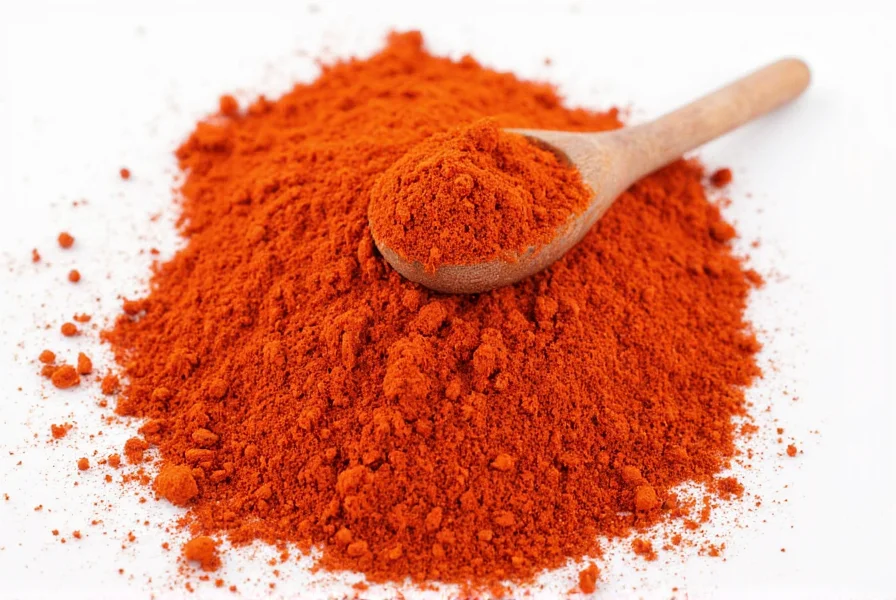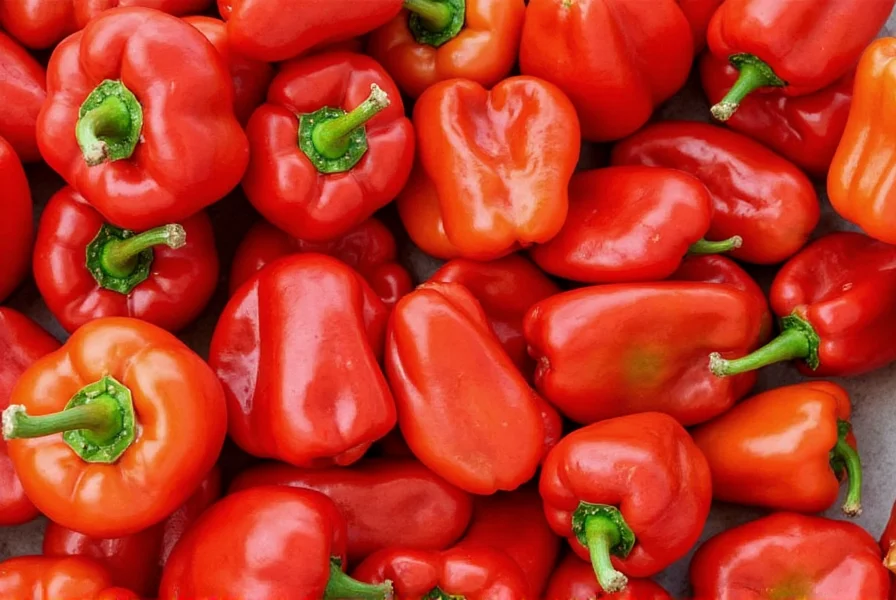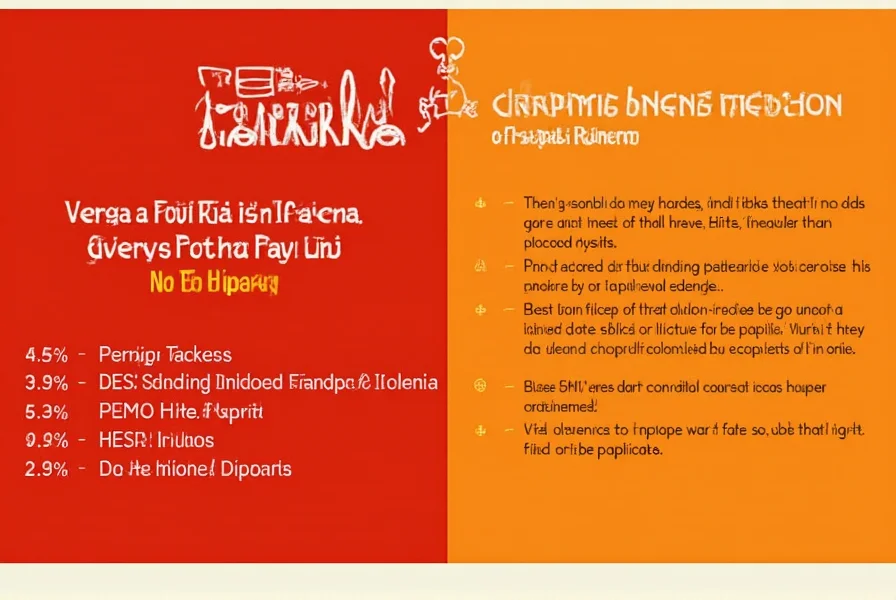Paprika ranges from sweet and mild to hot and pungent depending on the variety. Not all paprika is hot—Hungarian sweet paprika registers 0–150 Scoville units while hot Hungarian paprika reaches 5,000–10,000 units. Spanish smoked paprika (pimentón) comes in sweet (dulce), bittersweet (agridulce), and hot (picante) varieties. The heat level depends on pepper type, growing conditions, and processing methods.
When you ask is paprika hot, the answer isn't straightforward. Unlike cayenne or chili powder which are consistently spicy, paprika encompasses a spectrum of flavors and heat levels. This versatile spice made from ground peppers can transform dishes with color and flavor without necessarily bringing heat.
Understanding Paprika Varieties and Their Heat Levels
Paprika originates from Capsicum annuum peppers, the same species that includes bell peppers and jalapeños. The critical factor determining is Hungarian paprika hot or is smoked paprika hot comes down to which specific peppers were used and how they were processed.
Hungarian Paprika: The Gold Standard
Hungary produces eight official classifications of paprika, ranging from:
- Mild (Édesnemes): 0–150 Scoville units - sweet with full flavor
- Medium (Félédes): 150–5,000 Scoville units - balanced heat
- Hot (Erős): 5,000–10,000 Scoville units - significant heat
Traditional Hungarian dishes like goulash use specific paprika grades to achieve authentic flavor profiles without overwhelming heat.
Spanish Paprika (Pimentón): Smoked Complexity
Spain's La Vera region produces distinctive smoked paprika through a unique drying process over oak fires. Spanish paprika comes in three main varieties:
| Variety | Heat Level | Flavor Profile |
|---|---|---|
| Pimentón Dulce | Mild (0–500 Scoville) | Sweet, smoky, no heat |
| Pimentón Agridulce | Medium (500–2,000 Scoville) | Bittersweet, subtle warmth |
| Pimentón Picante | Hot (2,000–8,000 Scoville) | Smoky with noticeable heat |
This explains why someone might wonder is Spanish paprika hot—the answer depends entirely on which variety they've purchased.

The Science Behind Paprika Heat
The heat in paprika comes from capsaicin, concentrated in the seeds and inner membranes of peppers. During processing:
- Sweet paprika uses only the fleshy outer parts of mild peppers
- Hot paprika includes some seeds and membranes
- Smoked varieties develop additional complexity through slow drying
Unlike cayenne powder which consistently measures 30,000–50,000 Scoville units, paprika's heat varies dramatically. This variability explains why cooks often specify mild vs hot paprika in recipes.
How Paprika Compares to Other Common Spices
Understanding where paprika falls on the heat spectrum helps answer is paprika hotter than chili powder. Here's how common spices compare:
| Spice | Scoville Heat Units | Relative Heat |
|---|---|---|
| Sweet Hungarian Paprika | 0–150 | Milder than bell pepper |
| Chipotle Powder | 2,500–8,000 | Similar to hot paprika |
| Chili Powder (blend) | 500–1,500 | Milder than hot paprika |
| Cayenne Pepper | 30,000–50,000 | 5–10x hotter than hot paprika |
Notice that standard chili powder (a blend including paprika, cumin, and garlic) is often milder than pure hot paprika. This explains why substituting one for the other can dramatically alter a dish's heat profile.

Choosing the Right Paprika for Your Cooking
When selecting paprika, consider these factors to avoid heat surprises:
Reading Labels Carefully
Look for specific descriptors:
- Sweet/Mild: No heat, ideal for color and flavor without spice
- Medium/Standard: Subtle warmth, versatile for most recipes
- Hot/Sharp: Noticeable heat, use sparingly in robust dishes
- Smoked: Indicates pimentón from Spain, check for dulce/agridulce/picante
Culinary Applications by Heat Level
Mild paprika shines in:
- Deviled eggs and potato salad
- Lightly spiced rubs for poultry
- Adding color to soups without heat
Hot paprika works best in:
- Traditional Hungarian goulash
- Spicy sausage blends
- Robust bean dishes needing heat
Common Misconceptions About Paprika Heat
Several myths persist about is all paprika hot. Let's clarify:
- Myth: All red spice blends containing paprika are hot
Fact: Many "chili" blends use sweet paprika as base - Myth: Darker paprika is always hotter
Fact: Color indicates ripeness and drying method, not heat level - Myth: Paprika and chili powder are interchangeable
Fact: They have different heat profiles and flavor compositions
Understanding these distinctions prevents culinary mishaps when answering is paprika supposed to be hot in specific recipes.
Storing Paprika to Maintain Quality
Proper storage preserves both flavor and color:
- Keep in airtight container away from light and heat
- Use within 6–12 months for optimal flavor (heat compounds degrade over time)
- Refrigeration extends shelf life but may cause clumping
Fresh paprika should have vibrant color and distinct aroma. If your paprika has lost its scent or appears dull, it's likely past its prime and won't deliver the expected flavor—whether mild or hot.











 浙公网安备
33010002000092号
浙公网安备
33010002000092号 浙B2-20120091-4
浙B2-20120091-4